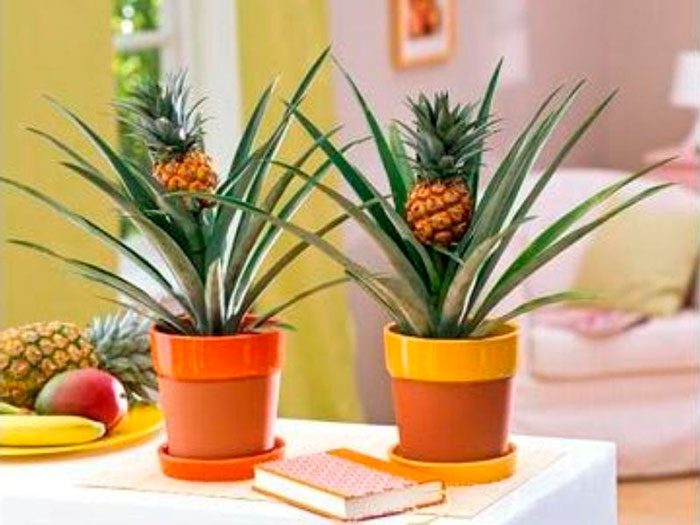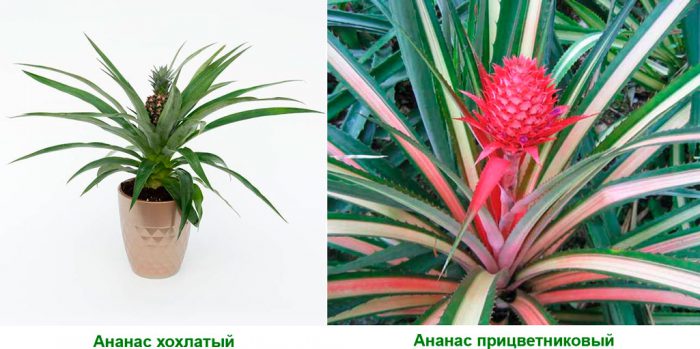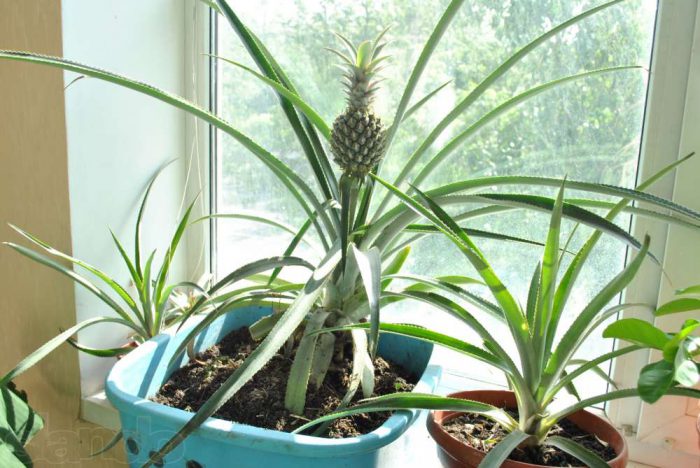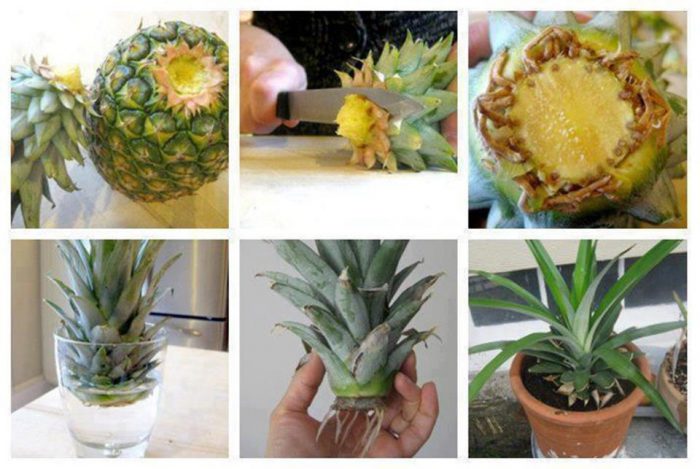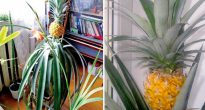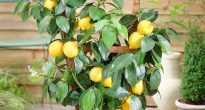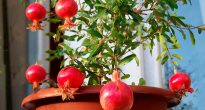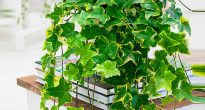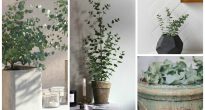The only edible bromeliad plant is pineapple. This plant is also widely used for indoor cultivation, because it has a spectacular appearance.
This genus was first described by a European botanist, and this happened back in 1735. The name pineapple comes from the local name for this plant, but it was slightly distorted. This plant comes from Paraguay, Colombia, Brazil, and Venezuela.
This genus unites 8 different species that can be found in natural conditions, and almost half of them are grown in greenhouses.
Often only 2 species are grown in room conditions. These are such as: crested pineapple (Ananas comosus) and bracts pineapple (Ananas bracteatus). Under natural conditions, these plants can reach 100 centimeters in height, and all 200 centimeters in diameter.
Indoor pineapple does not reach this size. So, if he is provided with good care, then he can only grow up to 70 centimeters in height.
Content
Indoor pineapple care
Temperature regime
He loves warmth very much, therefore, both in winter and in summer in the room where the pineapple is located, it should not be colder than 16-17 degrees. The plant will grow and develop best if the temperature on the windowsill (where it is located) is maintained at 22-25 degrees year-round.
Illumination
He loves light very much, therefore, to place it, you must choose a well-lit place. In the autumn-winter period, experts recommend organizing supplementary lighting of the plant. For this, fluorescent lamps are used, and the backlight should last about 8-10 hours.
How to water
In the summer, water should be abundant, however, it should be borne in mind that watering should be carried out only when the soil is completely dry. For irrigation, lukewarm water (30–35 degrees) is used, standing for at least 1 day. From the last autumn weeks until the end of the winter period, watering should be greatly reduced, since at this time the plant only needs a very small amount of water.
And in the warm season, the plant needs regular spraying and it needs a warm shower from time to time.
Earth mix
Acidic (pH 4.0-5.0) and loose earth is suitable. A suitable soil mixture consists of humus, sod land, coarse sand and chopped peat, which must be taken in a ratio of 2: 3: 1: 3. The substrate must be water-permeable and loose.A wide and low flower pot is suitable for pineapple because its roots are close to the soil surface.
Fertilizer
It is necessary to feed it in spring and summer 1 time in 2 weeks. For this, nitrogen fertilizer is suitable, or rather, a purchased organic fertilizer or mullein infusion.
Transplant features
It is necessary to transplant pineapple only if absolutely necessary, namely, when the root system ceases to fit in the pot. And you should not disturb the plant without an apparent need.
Reproduction methods
Can be propagated by rooting the top of a ripe fruit or by separating the basal rosettes. The top (sultan) is carefully cut out, wait until it dries a little, and then planted for rooting. Rooting will occur faster (after 2–4 weeks), if the container with the top is placed in a warm place, it must also be regularly moistened. Experts also advise covering the plant on top with a plastic bag cap or a glass jar.
Typically, the pineapple blooms from May to July, but sometimes it can start blooming in December. Only adult plants that are 3-4 years old can bloom. Compound fruit is quite compact and similar to a lump. Fruit ripening occurs after 4 or 5 months. A spectacular shortened shoot is formed on top of the fruit, which is also called the sultan. In order to significantly bring the moment of the beginning of flowering closer, you need to put the pot in a bag filled with ripe apples. Fruits give off gas (ethylene), which helps to accelerate flowering.
Diseases, pests and possible problems
The tips of the leaves begin to dry - excessively low air humidity. This plant is very fond of moisture, therefore, in the presence of such signs, it is necessary to increase the air humidity in the room.
Mold has appeared on the walls of the container and on the ground - this is due to excessive watering in the winter. Mold should be removed with a napkin, watering should be made more scarce.
There are small light spots on the leaves - this, as a rule, indicates that such pests as false shields have settled on the pineapple. To get rid of them, you need to treat the leaves with a solution of potassium permanganate.
Rotted root system - this happens when the pineapple is in a cool and too humid place. Experts recommend trimming the lower part of the trunk to healthy tissue, and root the remaining top.
Pineapple grows extremely slowly - this can be observed when the plant is standing in a cool place (while the temperature of the soil should also be low). Place the plant in a warm place and water it with lukewarm water.
Infection with harmful insects is extremely rare.

